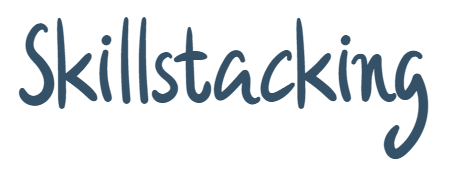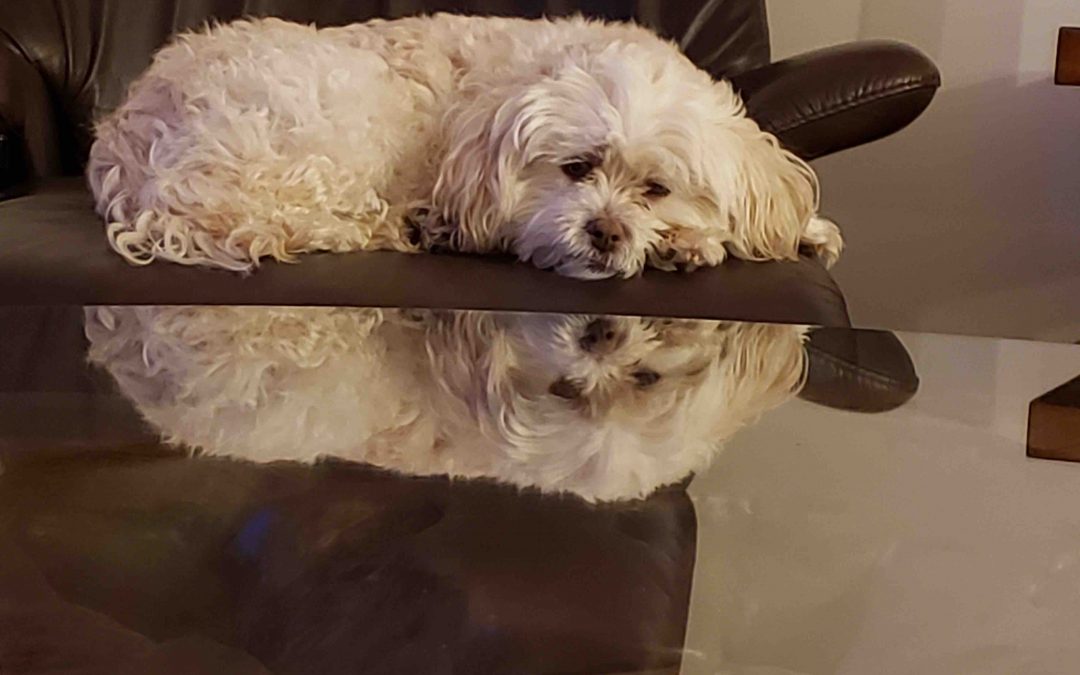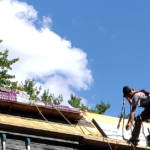Promoters love to use the “No Cash Down” headline to get you to buy a book, buy a webinar, attend a seminar, or read their blog post ;). Typically, you need to jump through hoops to get the answer. Read on for one strategy that allows you to use the equity in your house to invest in another one.
When you buy a house with 0 money down, your return is effectively infinite, but your risk is much higher. The key is to make effective use of your lenders, who are willing and eager to lend you money because they know if you cannot make payments, they can always take back the real hard asset.
The strategy is simple; use your Home Equity Line of Credit for the down payment, and a conventional mortgage for the rest.
Conventional Mortgages
The low hanging fruit is a conventional mortgage, just like the one you may have on your home. Basically, you put a down payment from 5% to 35% of the purchase price, and the lender provides the rest of the funds. Here are a few tips:
- Lenders are typically Banks, and there are second tier lenders you can use.
- Mortgage Brokers can help you find the best deal.
- If you plan on having many residential investments, you must be mindful of which banks you use first; they each have limits.
- For residential investments, lenders check your Debt Coverage Ratio.
- You are going to need to show your income and/or assets in order to qualify.
- Every negative cash flowing property that you buy hurts your chances of having more properties.
Example: Borrow 75% as a Conventional Mortgage
Home Equity Line Of Credit
If you have some equity built into your primary home, you can access is with a Home Equity Line of Credit (HELOC). This can help you get a down payment on a property, and buy it “No Cash Down”. For example, on a $500,000 house, you may need a $100,000 down payment. You get that from your Home Equity Line of Credit, and you now have a new investment property for no cash down.
- Lenders are very happy to give you a HELOC.
- If your house price has gone up in recent years, you can ask your bank for a new appraisal.
- You only need to make interest payments.
- The interest payments are tax deductible against the property. (Keep your investment HELOC separate from your personal one to pass any audit.)
- You can dip into the HELOC for major repairs, and keep a smaller return.
Example: Borrow 25% from your HELOC for the Down Payment
The Risks
Make no mistake, this is a risky proposition. No Cash Down, 100% financed real estate can leave little margin for error.
- Negative Cash Flow. It is likely that servicing all that debt will mean the rent does not cover all of the costs.
- Interest rates suddenly increase. HELOC rates are typically variable.
- Your life situation changes. You cannot make the payments on your HELOC.
- You hit a borrowing limit sooner. Borrowing too much means you limit the number of investments you can finance.
- Typical Real Estate Risks. If you invest incorrectly, this problem compounds it all.
When to Consider
You should only consider this strategy when:
- You have an opportunity now and you know your down payment will come later, almost like a bridge loan to your self.
- You are working on a relatively short term investment (6 months to 2 years).
- You have very stable sources of income available to you, and you are willing to go long (3 years or more)
Conclusion
Sounds kind of fun, doesn’t it?
- You expand your real estate investments.
- You get an investment property for “No Cash Down”.
- Your Primary Residence becomes an asset that produces profit.
I cannot stress enough that all of the typical real estate due diligence is even more important when using a strategy such as this one. Happy Investing!







Trackbacks/Pingbacks